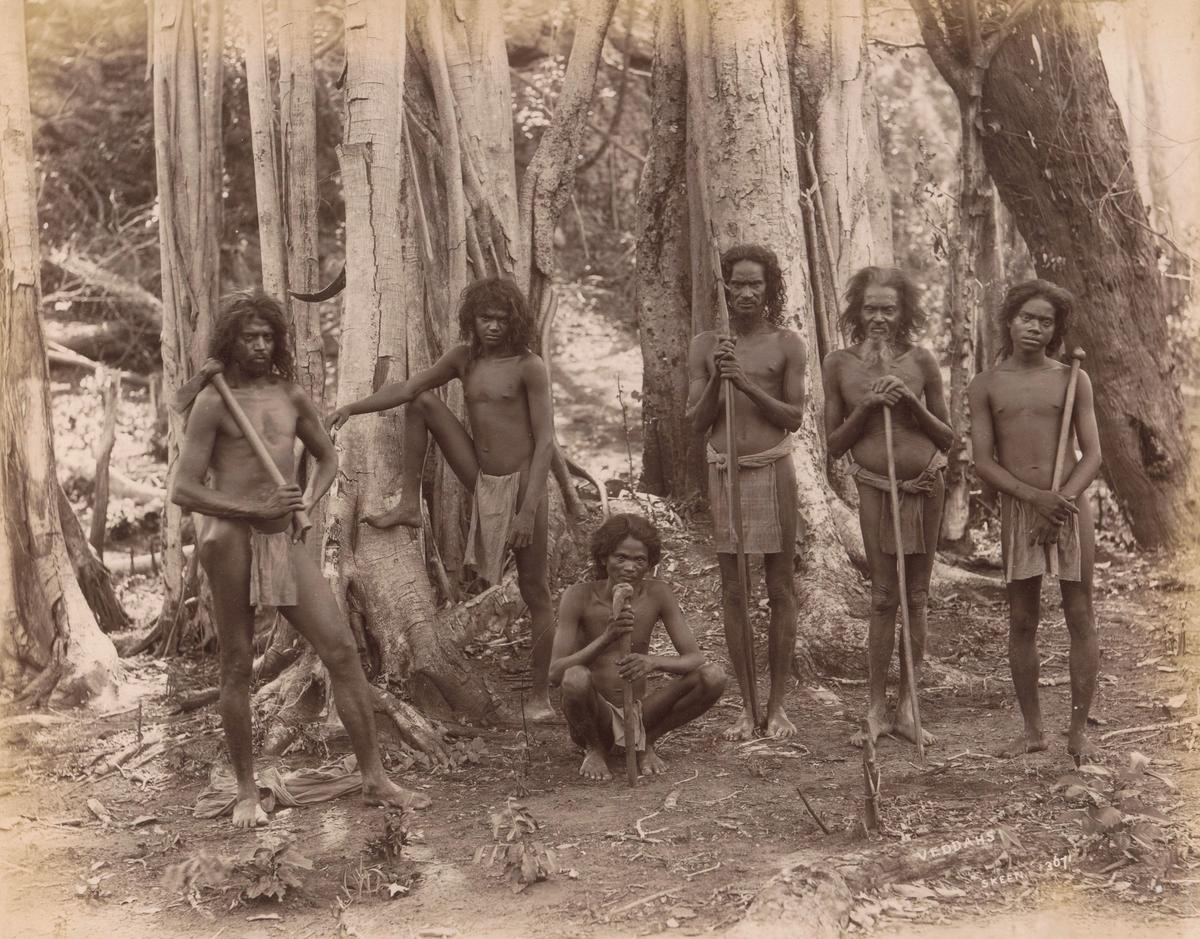
A recent study highlights that the Sinhalese community of Sri Lanka likely originated from Southern India and later intermingled with indigenous Adivasi populations. This finding adds a new dimension to South Asian migration history and is significant for UPSC aspirants studying topics related to ancient migrations, ethnicity, cultural integration, and India-Sri Lanka historical ties in GS1 (History), GS2 (International Relations), and Prelims.
A groundbreaking genetic study has revealed that the Sinhalese people of Sri Lanka share a close genetic relationship with South Indian Dravidian-speaking populations and Sri Lanka’s Adivasi (Indigenous) communities. The research, based on whole-genome sequencing, challenges older assumptions about Northern Indian ancestry and supports a Southern Indian origin of the Sinhalese gene pool, dating back around 3,000 years.
Key Findings of the Study
Southern Indian Genetic Affinity:
Sinhalese and Sri Lankan Adivasis show highest genetic similarity with Dravidian-speaking South Indian populations.
Genetic profile matches ASI (Ancestral South Indian) ancestry more than ANI (Ancestral North Indian).
Timeline of Migration:
Sinhalese genetic pool formation: ~3,000 years ago.
Matches the chronicles that record Sinhalese migration to Sri Lanka around 500 BCE.
Cultural-Linguistic Discordance:
Despite speaking an Indo-European language (Sinhala), Sinhalese carry South Indian-type genes.
Hypothesis: Language may have been introduced by a small elite group, without significant genetic imprint.
Adivasi Insights:
Two Adivasi clans (Coastal & Interior) show:
Higher ancient hunter-gatherer ancestry
Genetic endogamy and lower population diversity
Geographically separated evolution, explaining genetic divergence
Sri Lankan Tamils & Adivasis:
Also share genetic similarities, supporting common South Indian ancestry and historical intermixing.
Critical Implications of the Study
1. Rewriting Historical Assumptions
Previous belief: Sinhalese migrated from northern India (based on linguistic affiliation).
New evidence: Genetic structure aligns more with southern India.
Highlights how linguistic and genetic evolution are not always congruent.
2. India–Sri Lanka Cultural Ties
Strengthens the theory of millennia-old South Indian migration to Sri Lanka.
Supports deep civilizational connections across Palk Strait.
3. Scientific Advancement
First high-resolution genome sequencing of Sinhalese and Adivasi populations.
Shows power of genomics in rewriting migratory histories.
4. Protection of Indigenous Knowledge
Adivasi clans reflect unique ancestral genetic signatures, lower diversity due to endogamy.
UPSC Mains Practice Question
Ques: The population history of South Asia is a complex interplay of migrations, cultural shifts, and biological mixing. In light of recent genomic studies, discuss the relevance of this statement in the context of Sri Lanka.(250 Words)
12-Jul-2025 05:35 PM
Prime Minister Narendra Modi emphasized the critical role of the...
12-Jul-2025 05:26 PM
Endocrine disruptors found in plastic waste pose a serious public...
12-Jul-2025 04:26 PM
Prime Minister emphasized that BRICS aims to create a balanced,...
12-Jul-2025 04:17 PM
A recent study highlights that the Sinhalese community of Sri...
08-Jul-2025 05:33 PM
A renewed global and national commitment has been made to...
08-Jul-2025 05:21 PM
The Andhra Pradesh government has approved the Amaravati Quantum Valley...
12-Jul-2025 04:26 PM
Prime Minister emphasized that BRICS aims to create a balanced,...
12-Jul-2025 05:26 PM
Endocrine disruptors found in plastic waste pose a serious public...
12-Jul-2025 05:35 PM
Prime Minister Narendra Modi emphasized the critical role of the...
Leave a Comment